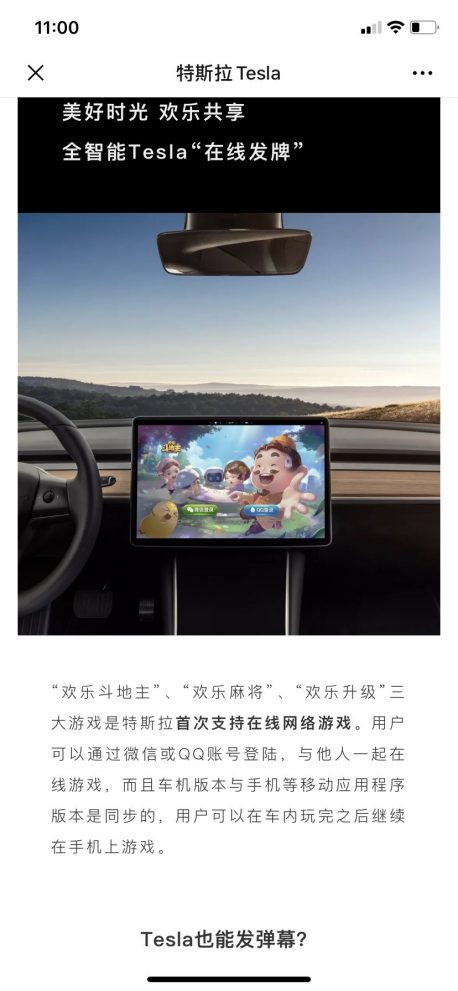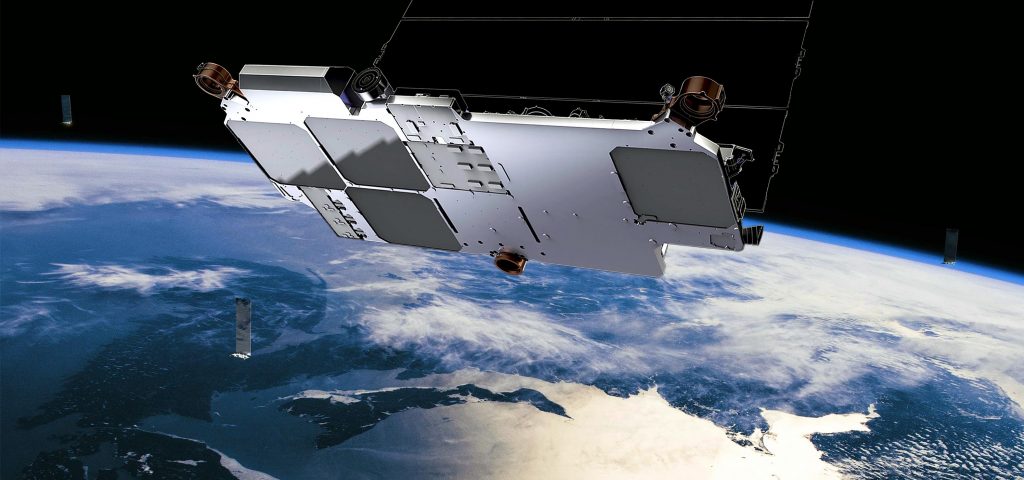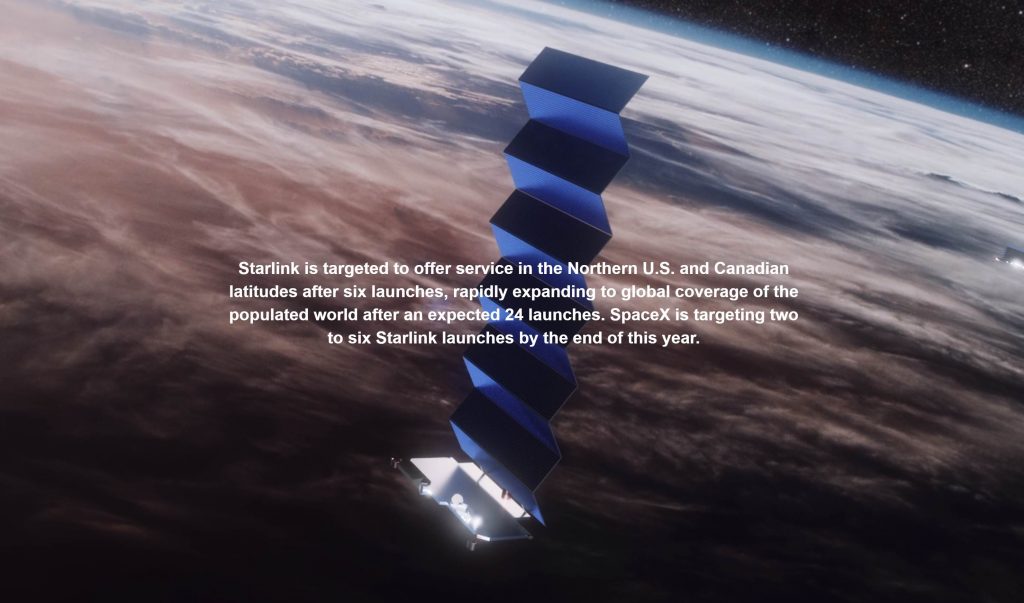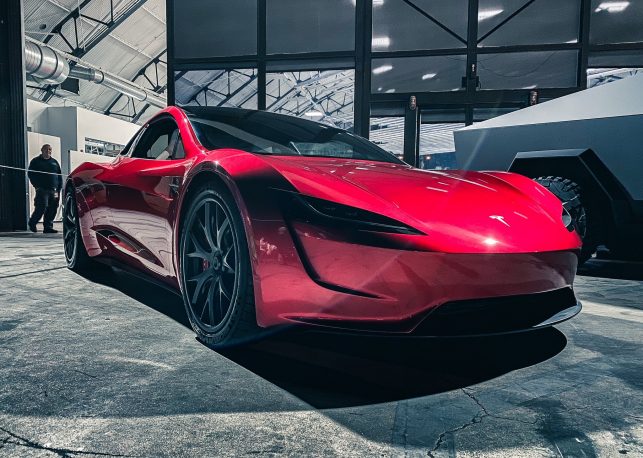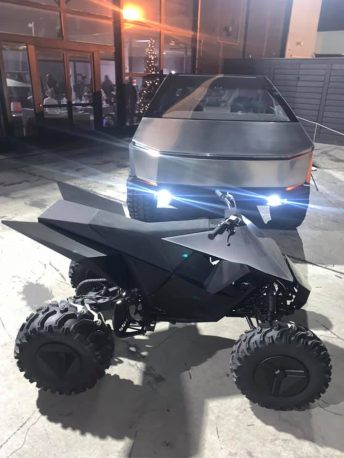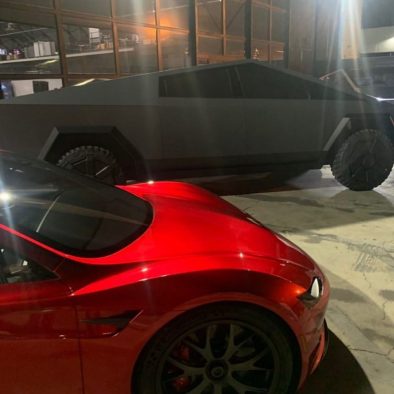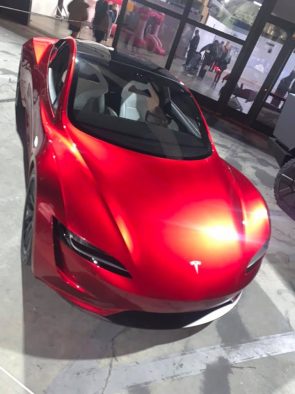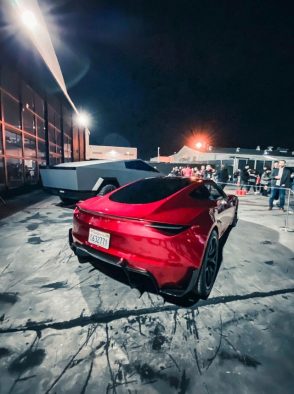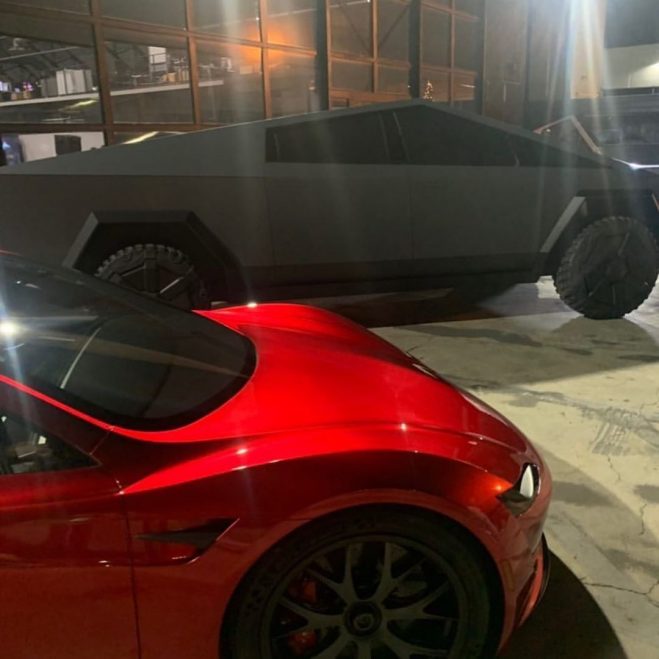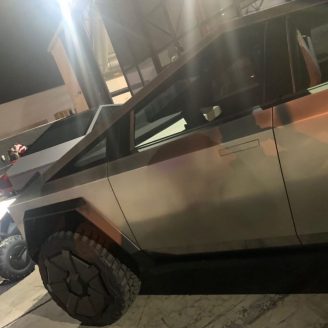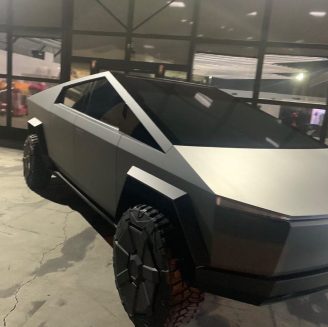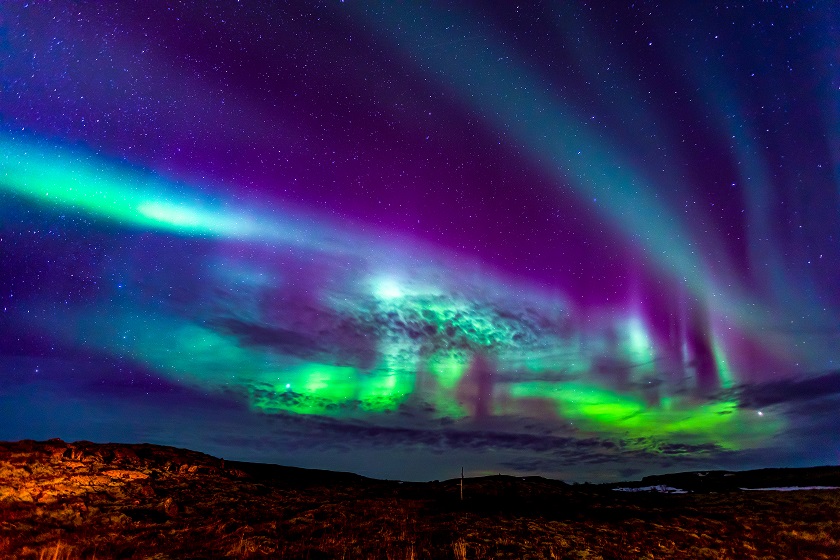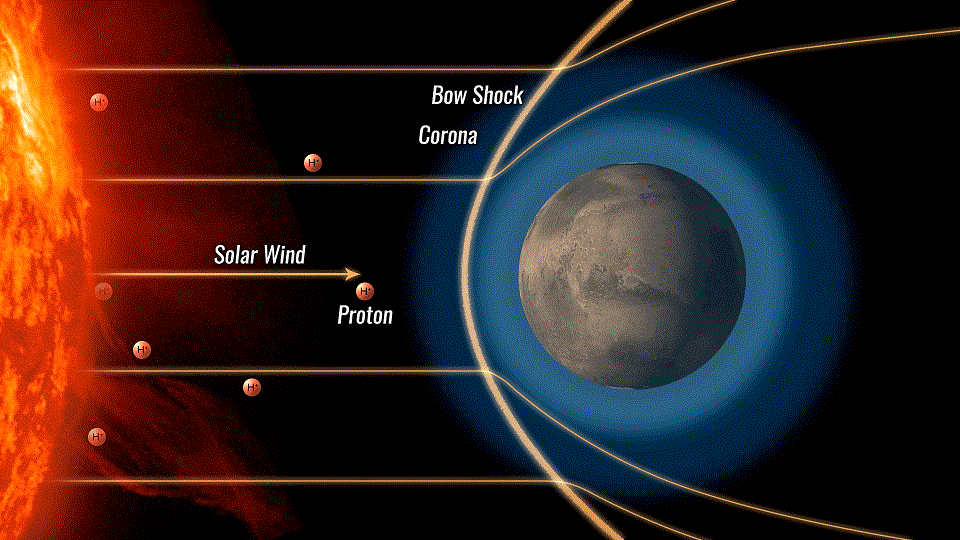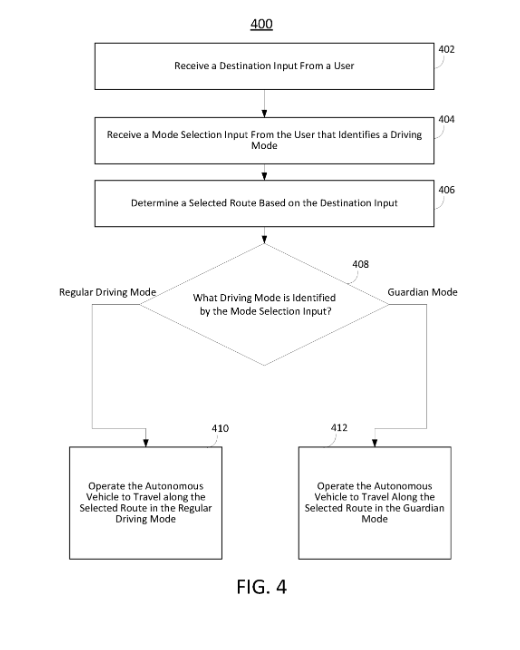This year has been one of Tesla’s most historic yet, with the company’s shares dropping to over two-year lows before recovering and reaching new all-time highs. As 2019 ends with Tesla showing its strength in terms of vehicle production and deliveries, an ardent TSLA bull has stated that the company is on the cusp of even more dramatic growth next year. What’s more, Tesla seems poised for this growth even with conservative estimates.
Forecasts from Tesla investor-enthusiast Galileo Russell of YouTube’s Hyperchange channel have always been on the more conservative side. For his 2020 financial projections, the investor adopted the same stance. Despite this, results from the Hyperchange host’s research points to Tesla potentially delivering around 600,000 electric cars in 2020, provided that Model Y production hits its stride at the latter half of the year. That’s around a quarter of a million more than the vehicles Tesla will likely deliver this year.
In a video outlining his thesis, Russell explained that Tesla is now at a point where its core business is seemingly headed towards more stable waters. Cash flow continues to show strength, and the company is sitting on $5 billion in cash. Demand for its vehicles like the Model 3 is validated by sales in the United States, Europe, and China as well, putting the “demand problem” short thesis to rest. Apart from this, Tesla has returned to profitability, and these sentiments are pretty much reflected in the company’s stock, which has broken the $400 per share barrier while hitting all-time-highs.
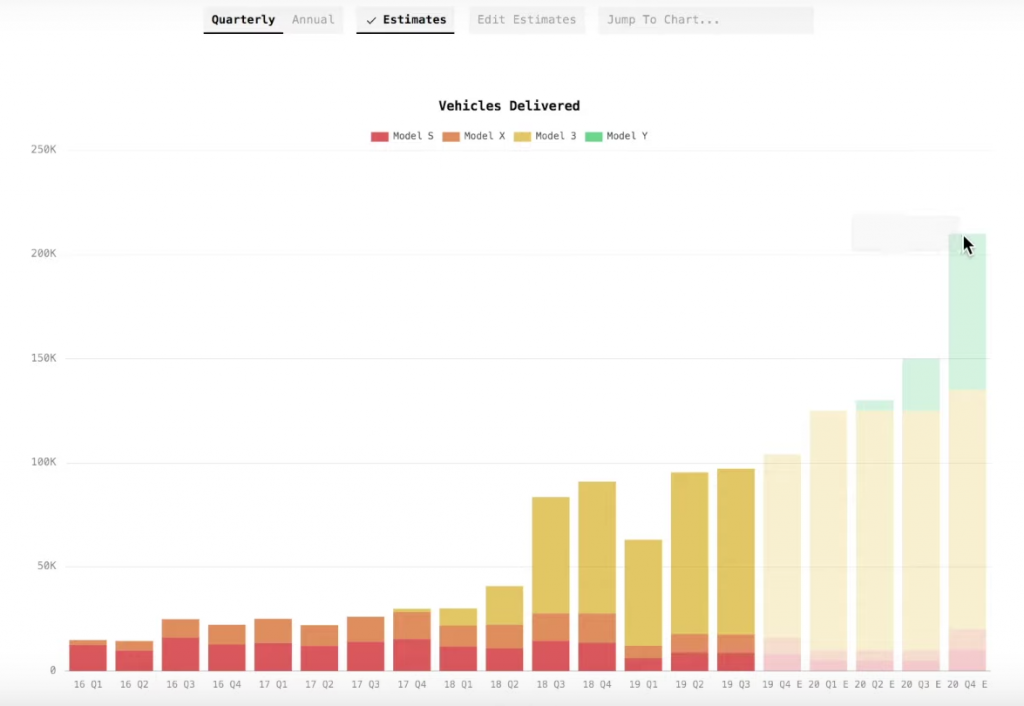
In a way, Tesla is in a great place to start producing a vehicle that has the potential to carry it higher: the Model Y. The Model Y is a crossover, which means that it is targeted towards one of the auto industry’s most lucrative segments. If the Model 3, a vehicle that competes in a segment that is showing a decline in several regions, can push Tesla so far up, one can only imagine what the Model Y can do to boost the electric car maker further. Tesla, after all, expects the Model Y to outsell the Model S, Model X, and Model 3 combined.
That being said, the TSLA investor expects Tesla Model Y production to be fairly gradual. Russell was optimistic in his projection that a few Model Y can enter production as early as Q1, but he remained conservative for the first half of the year. Overall, the Hyperchange host expects Model Y to hit its stride in the third quarter with a production of about 25,000 units. If Tesla accomplishes this, Russell noted that the crossover’s production could go as high as 75,000 in Q4. This is despite the investor’s prediction that Model S and X sales will drop to their lowest levels as buyers wait for the vehicles’ Plaid variants, and that the Model 3 will see some cannibalization from its crossover sibling.
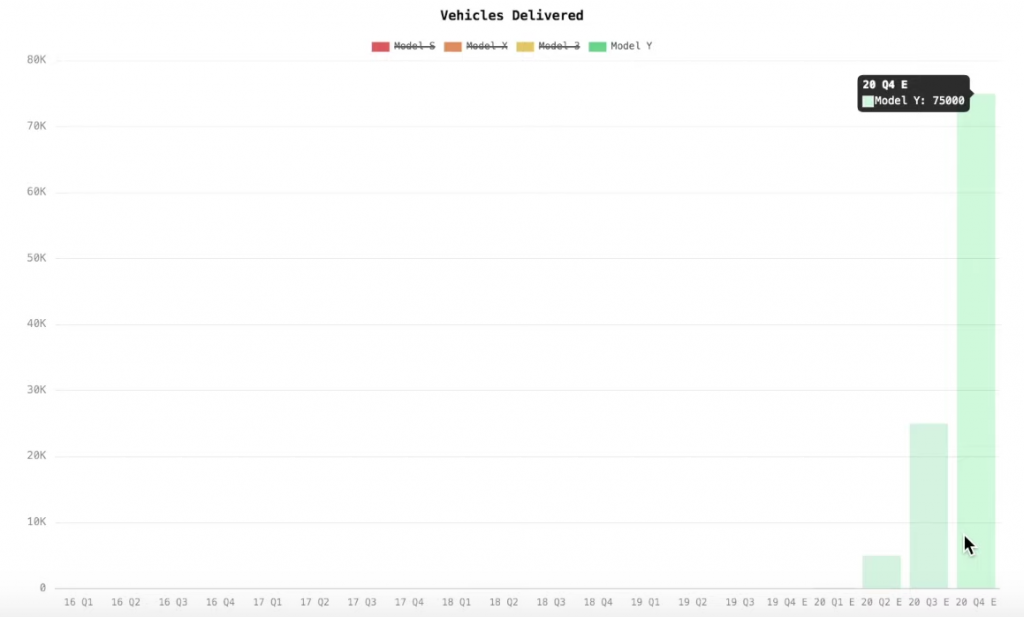
It should be noted that Russell’s expectations don’t account for several factors that Tesla could still improve, including efficiencies in its vehicle production process and its gross margins. Considering these factors, Tesla may very well remain profitable while allowing the company to pursue other high-profile projects such as the establishment of the Megacharger Network for the Semi, or the buildout of massive projects such as Gigafactory 4 in Europe.
It should also be noted that the Hyperchange host’s models do not account for any additional revenue streams that Tesla can tap into, such as its batteries and powertrains that could be sold to OEMs for their own electric cars. Elon Musk has stated that he is open to such ideas, and Fiat-Chrysler, which already buys credits from Tesla, has expressed interest in tapping into the Silicon Valley-based company’s technology. Considering the lead that Tesla continues to establish in terms of range and efficiency, the idea of a veteran automaker utilizing the company’s batteries and powertrains is more than feasible.
Tesla stock has been on a massive rally lately, and as shares hit a record high, speculations were abounding that the rise was due to shorts covering, or sentiments improving from investors. Russell argues that the recent stock movement for TSLA is also driven, if not primarily, by the steady improvement in Tesla’s fundamentals. Little by little, Tesla is becoming more and more like a full-fledged business, and as it rakes in the profits amidst its growth, the company may very well be headed towards even more milestones in the near future.
Watch the Hyperchange host’s full forecasts for Tesla in 2020 in the video below.

(adsbygoogle = window.adsbygoogle || []).push({});
<!–
–>
var disqus_shortname = «teslarati»;
var disqus_title = «Tesla (TSLA) bull projects massive growth in 2020 even with conservative estimates»;
var disqus_url = «https://www.teslarati.com/tesla-tsla-bull-2020-model-3-model-y-forecasts-video/»;
var disqus_identifier = «teslarati-124242»;

